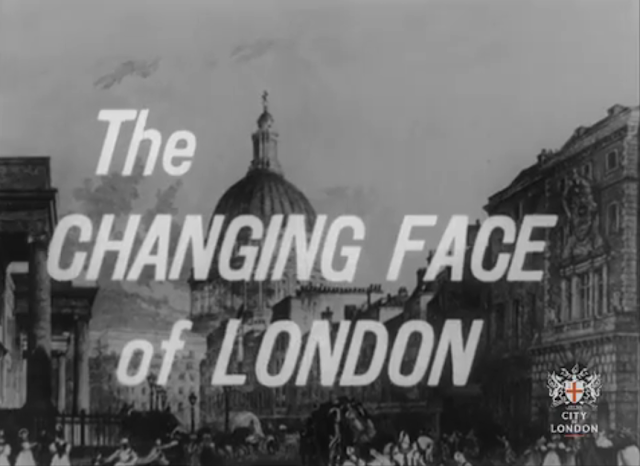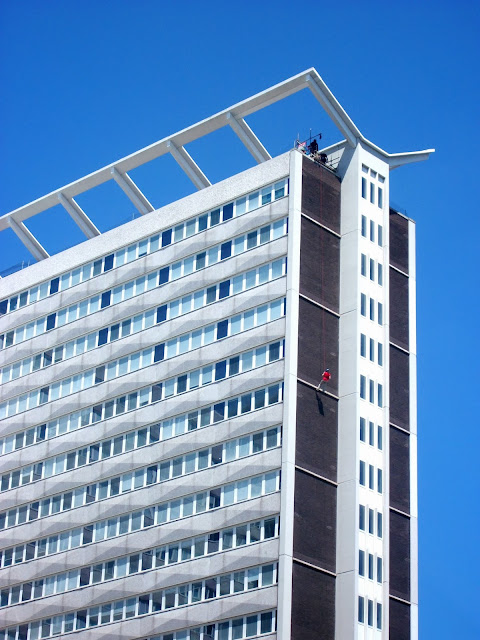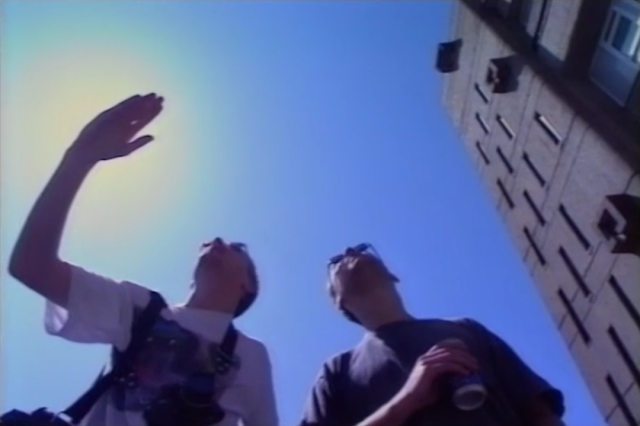The door to the past is closing...
Here's a great film uploaded by the London Metropolitan Archives. It's a wonderful London County Council film, The Changing Face of London, made in 1960 – although, unfortunately it seems impossible to track down on YouTube as a single film. In it there are amazing shots of the remains of the Blitz, slum houses and various buildings deemed inconvenient to the LCC's planning department being torn down, and the steel frames and concrete foundations of new office blocks in the City being constructed.
There's a fair few notable schemes in this video – from a newly built BBC Television Centre, so recently sold off by the Corporation, to those controversial Piccadilly Circus and Elephant and Castle plans, here shown in beautiful 3D model form, and almost indistinguishable from each-other, which was appropriate if coincidental for the 'Piccadilly Circus of South London'. There's even the Motopia model, which I raved about so recently.
The most interesting sequences are those dedicated to the people of London, 1960: the old woman watching her slum house being demolished, looking mournfully up at the tower blocks beyond; the frightfully sensible children at school, 14 going on 52; the old people basking in the sunlight in their home, chatting away about no-one knows what, as the narrator doesn't stop to draw breath for a moment; and the LCC planners in their offices in County Hall: rows of them sat at drawing boards, anglepoise lamps craning overhead as the architects sketchedout their plans in their v-necks or shirtsleeves, skinny ties and ruthlessly neat side partings.
There's something so sad about the wistful look on the children's faces, or the cheery old folk nattering away: their lives caught so fleetingly in this breezy documentary which treated them like skyscrapers or Blitzed ruins – monumental objects to be commented on, rather than people with their own voices, self expression or inner lives. But it shows us so much of a transient moment in London's history, one just before our skyscraper king, Richard Seifert, had built any of his signature towers in central London; before the Barbican had risen from the ashes; before the National Theatre or Hayward Gallery had sprung up on the Thames; when Millbank Tower was still under construction in the haze behind the Palace of Westminster.
Beyond the stiff, starchy, matron-like efficiency of the filmmaking, there is genuine social history here. It's just not in the touchy-feely way that we recognise it today.



























Comments
Post a Comment